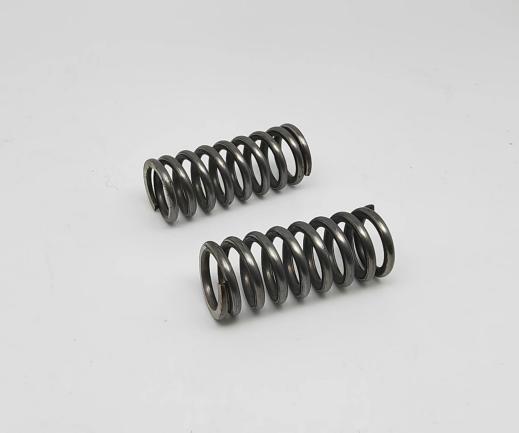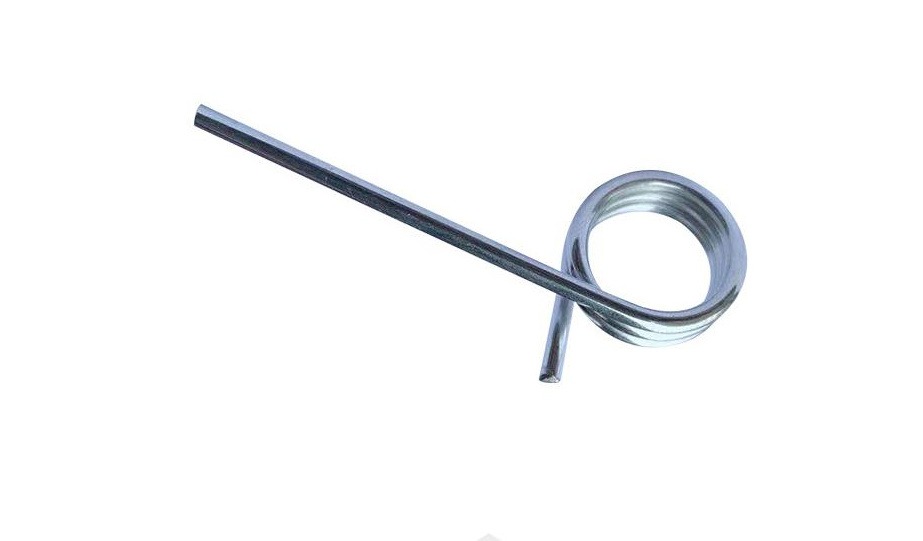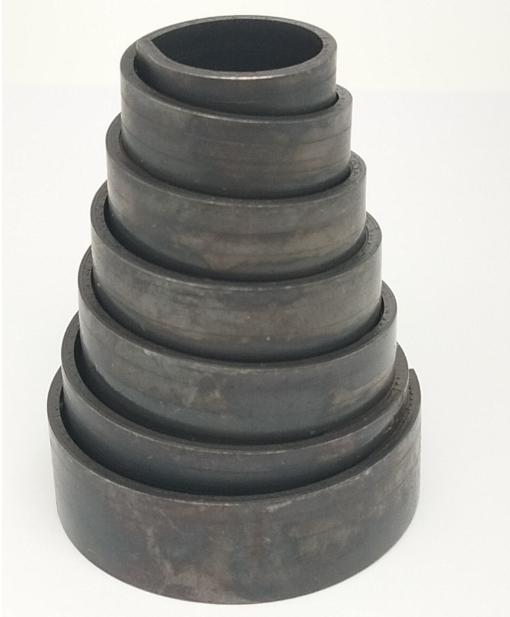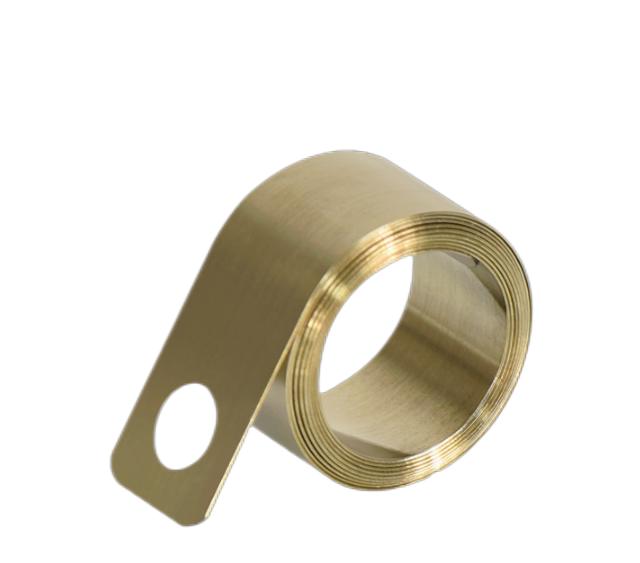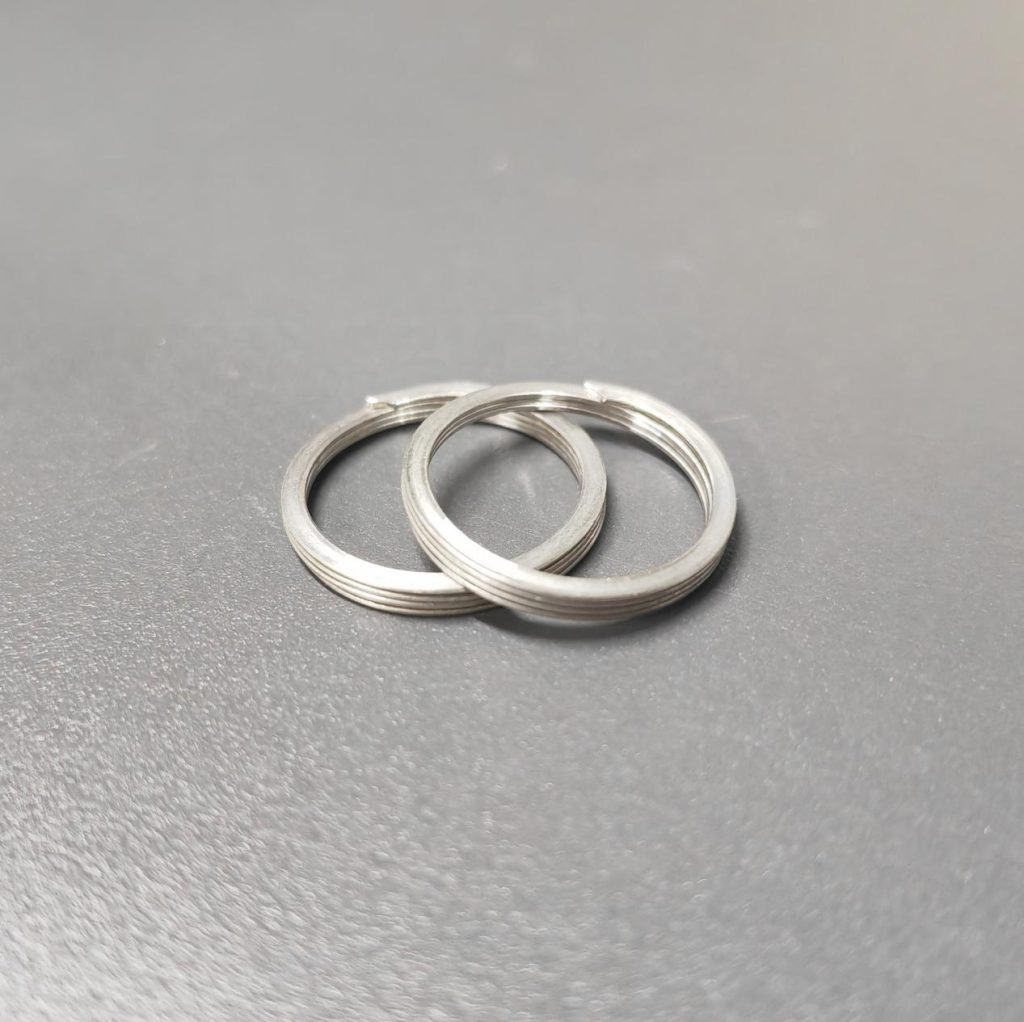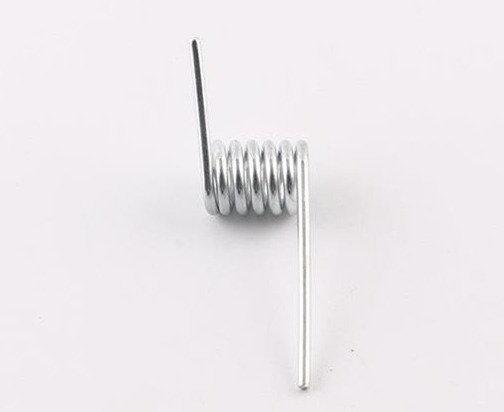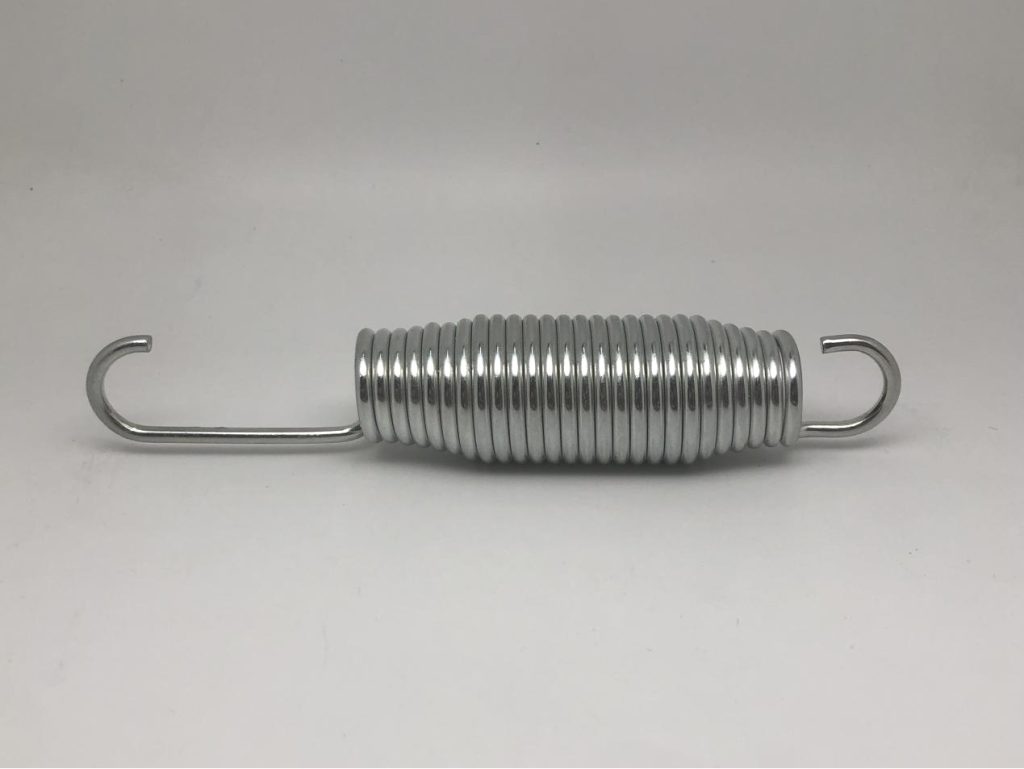How to Test Fatigue Life and Reliability of Compression Springs?
Compression springs are integral to many mechanical systems, where they provide necessary force and absorb energy. Ensuring their longevity and reliability under repetitive loading conditions is critical. Testing the fatigue life and reliability of these springs helps in predicting their performance and identifying potential failure points. This article delves into the methods used to test the fatigue life and reliability of compression springs, providing insights into the processes and techniques involved.

Understanding Fatigue Life and Reliability of Compression Springs
Fatigue Life refers to the number of cycles a compression spring can endure before it fails or experiences significant degradation. Reliability is the probability that a spring will perform its required function under stated conditions for a specified period.
Key Factors Affecting Fatigue Life and Reliability of Compression Springs
| Key Factor | Description | Impact on Fatigue Life | Impact on Reliability |
| Material Properties | Characteristics such as tensile strength, hardness, and corrosion resistance of the spring material. | Higher tensile strength and hardness generally increase fatigue life. | Better corrosion resistance and material quality enhance reliability. |
| Spring Design | Dimensions including wire diameter, coil diameter, number of coils, and pitch. | Optimized design reduces stress concentrations, enhancing fatigue life. | Proper design ensures consistent performance and reduces failure rates. |
| Load Conditions | Magnitude, frequency, and type (static or dynamic) of the load applied to the spring. | Consistent, moderate loads improve fatigue life; high or varying loads reduce it. | Stable loading conditions enhance reliability; dynamic or unpredictable loads decrease it. |
| Manufacturing Process | Methods such as coiling, heat treatment, and surface finishing used in spring production. | High-quality manufacturing processes enhance fatigue resistance. | Consistent manufacturing quality improves overall spring reliability. |
| Surface Finish | Surface quality, including roughness and presence of defects or coatings. | Smooth surfaces with minimal defects improve fatigue life. | High-quality surface finish reduces the likelihood of stress fractures. |
| Environmental Conditions | Exposure to corrosive environments, temperature fluctuations, and humidity. | Corrosive environments and temperature extremes reduce fatigue life. | Environmental stability enhances reliability; harsh conditions decrease it. |
| Residual Stresses | Stresses retained in the spring material after manufacturing processes like coiling and heat treatment. | Properly managed residual stresses can enhance fatigue life. | Minimizing detrimental residual stresses improves reliability. |
| Stress Concentrations | Points in the spring where stress is significantly higher than the average, such as sharp bends or notches. | Reducing stress concentrations enhances fatigue life. | Lower stress concentrations lead to higher reliability. |
| Operational Environment | Actual conditions under which the spring operates, including presence of debris, lubricants, and mechanical wear. | Clean, well-lubricated environments improve fatigue life. | Consistent operational environments maintain spring reliability. |
| Installation and Maintenance | Quality of spring installation and regularity of maintenance checks. | Proper installation and regular maintenance enhance fatigue life. | Ensuring correct installation and maintenance increases reliability. |
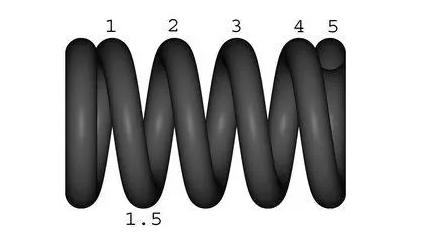
Testing Methods to Evaluate the Fatigue Life and Reliability of Compression Springs
Fatigue Life Testing Methods
1. Constant Amplitude Loading
Purpose: To determine the endurance limit of a spring under a constant cyclic load.
Procedure
- Setup: Mount the spring in a fatigue testing machine.
- Loading: Apply a cyclic load with a constant amplitude.
- Measurement: Record the number of cycles the spring endures until failure.
Key Points
- Provides data on the maximum number of cycles a spring can withstand under a specific load.
- Useful for understanding the compression spring’s performance under consistent loading conditions.
2. Variable Amplitude Loading
Purpose: To simulate real-world conditions where the load varies over time.
Procedure
- Setup: Place the spring in a fatigue testing machine capable of varying loads.
- Loading: Apply cyclic loads with varying amplitudes based on expected operational conditions.
- Measurement: Record the cycles to failure and analyze the results.
Key Points
- More accurately reflects the operational environment.
- Helps in understanding how springs perform under fluctuating loads.
3. Stress-Life (S-N) Testing
Purpose: To establish the relationship between applied stress and the number of cycles to failure (S-N curve).
Procedure
- Preparation: Use a series of identical springs.
- Stress Levels: Subject each spring to different stress levels using a fatigue testing machine.
- Measurement: Record the number of cycles to failure for each stress level.
- Analysis: Plot the S-N curve to predict fatigue life under various stress conditions.
Key Points
- Provides a detailed understanding of how different stress levels affect fatigue life.
- Useful for designing springs with specific fatigue life requirements.
4. Load-Deflection Testing
Purpose: To measure spring performance by evaluating deflection under incremental loads.
Procedure
- Setup: Mount the spring in a load-deflection testing apparatus.
- Loading: Apply incremental loads and measure the corresponding deflections.
- Analysis: Plot a load-deflection curve to analyze the spring’s stiffness and predict fatigue behavior.
Key Points
- Helps in understanding the relationship between load and deformation.
- Provides insights into the spring’s mechanical properties and performance under load.
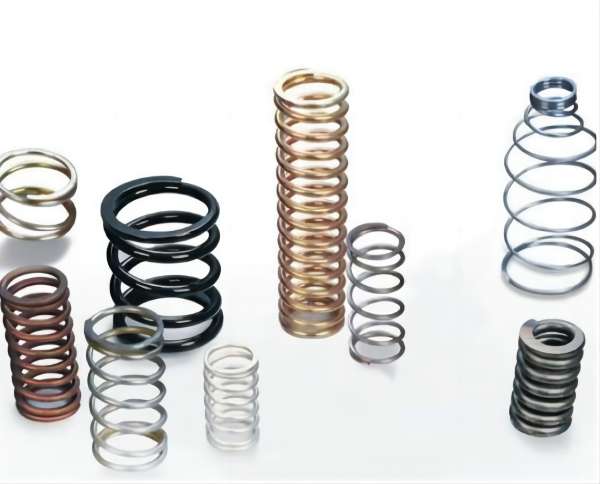
Reliability Testing Methods
1. Accelerated Life Testing
Purpose: To predict spring life under normal conditions by subjecting it to elevated loads or harsher environments.
Procedure
- Setup: Expose the spring to higher-than-normal loads, temperatures, or corrosive environments.
- Monitoring: Observe the spring’s performance and record the time to failure.
- Extrapolation: Use statistical models to extrapolate the data to normal operating conditions.
Key Points
- Provides a quicker way to assess long-term reliability.
- Useful for identifying potential failure modes and improving spring design.
2. Weibull Analysis
Purpose: To estimate reliability and failure rates using statistical analysis.
Procedure
- Data Collection: Gather failure data from fatigue tests.
- Modeling: Apply the Weibull distribution to model failure behavior.
- Analysis: Estimate reliability parameters such as shape and scale factors.
Key Points
- Provides a statistical framework for reliability analysis.
- Helps in understanding the probability of failure over time.
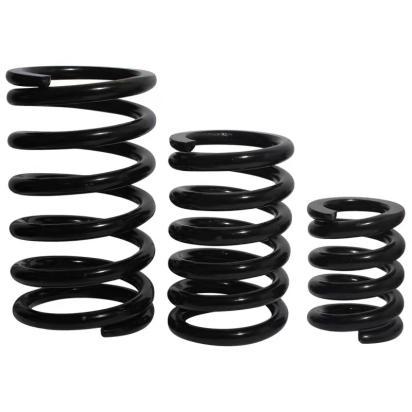
Equipment Used in Testing
- Fatigue Testing Machines: For applying cyclic loads to test springs until failure.
- Load-Deflection Testers: To measure spring deflection under incremental loads.
- Environmental Chambers: To simulate various environmental conditions during testing.
- Data Acquisition Systems: For recording and analyzing test data.
Data Analysis Techniques
- Life Data Analysis: Analyzing failure times and cycles to identify patterns and predict future performance.
- Statistical Modeling: Using models like the Weibull distribution to analyze reliability and predict failure probabilities.
- Graphical Methods: Plotting S-N curves and load-deflection curves for visual analysis.
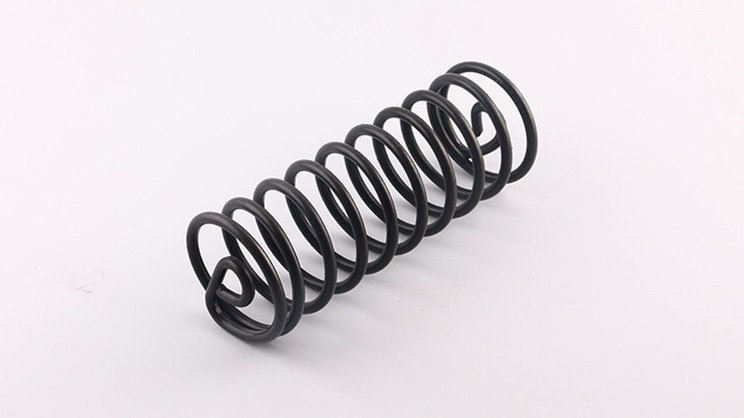
Conclusion
Through employing methods such as fatigue testing, load-deflection testing, stress-life testing, and reliability testing, manufacturers can predict how compression springs will behave under various conditions, leading to improved design and material selection. Understanding and applying these testing techniques are essential for maintaining the integrity and functionality of compression springs in critical applications.


